There are many methods for making jewelry, coins, and bars that look valuable but are actually fakes. Each of them can fool people who do not know the simple, easy-to-learn basics of distinguishing gold and silver from what is not.
In this article we will explore all the methods for making fake gold and silver and the non-destructive tests needed to unmask it.
👉 Read also: How to Test Investment Gold and Silver 🎬
#1. Plating
Plating is a process performed on an object to which precious material is applied only superficially and for a few microns.
A very thin layer of precious metal, 0.03-30 microns thick, is applied to the surface of a less precious object through electrolysis or chemical baths.
A lighter coating, called gold plating, silver plating, or light plating, is less than or slightly more than a micron thick (0.03-3). A heavier coating, called plating or heavy plating, is several microns thick (5-30).
The object to be coated can be a jewel, an ingot or a coin.
Most plated items are lighter or larger than the originals they are intended to copy. The only exception is tungsten, which has nearly the same density as gold, but it will still fail the tests below.
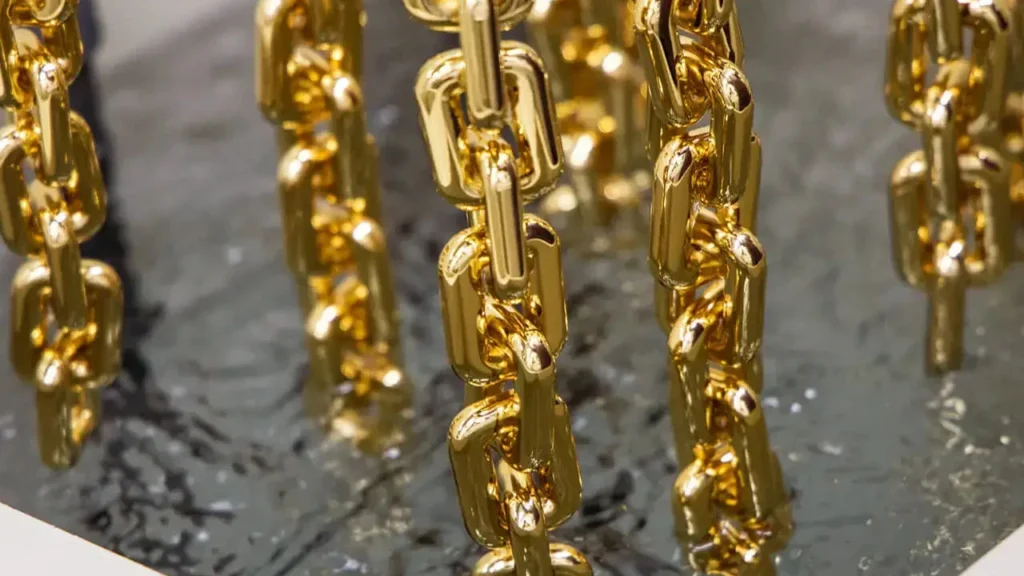
#2. Laminating
Lamination is a process carried out on an object to which precious material is applied only superficially and for a few dozen microns.
A sheet of precious metal 5-30 microns thick is wrapped around an object, making it adhere and take the shape of the object. Finally, an external finishing takes place.
This method has been almost completely supplanted by the first, plating, even for the creation of fakes.
In this case too, the object to be coated can be a jewel, an ingot or a coin.
Likewise, most laminated objects are lighter or larger than the originals they are intended to copy. The one exception is tungsten, which has a density nearly identical to gold, but it too will fail the tests below.
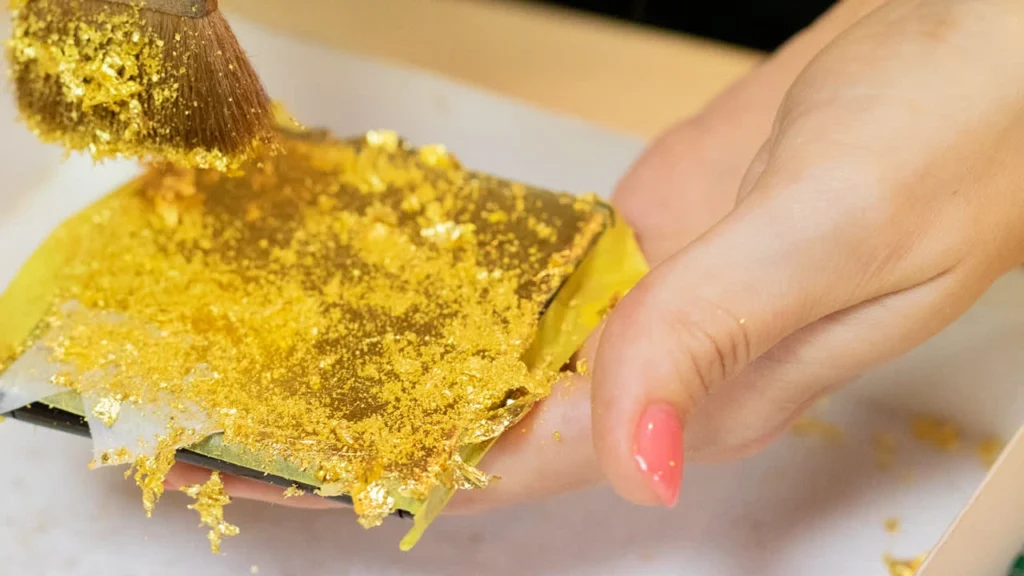
#3. Inserts and coatings
Inserts and coatings are processes carried out on objects in order to provide them with a thick layer of precious external material.
- Insert: a piece is cut in 2, drilled deeply parallel to the long base to make room for cylindrical bars or parallelepipeds of different materials and finally closed. This procedure is usually used to insert tungsten inside gold bars,
- Cladding: A sheet of precious metal up to 1mm thick is wrapped and pressed around a core in the same way as a rolling process, but with more force. This process can also be used to wrap tungsten with thick layers of gold.
The objects affected can be casting ingots or large precious metal objects.
In this case, only tests that can probe deeply into the object can provide a reliable measurement in order to determine its authenticity.
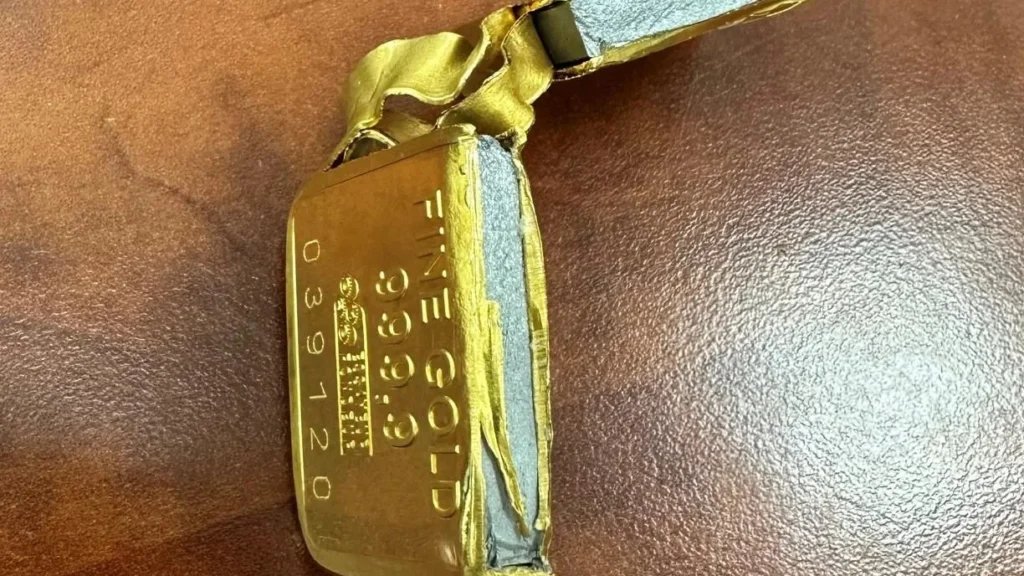
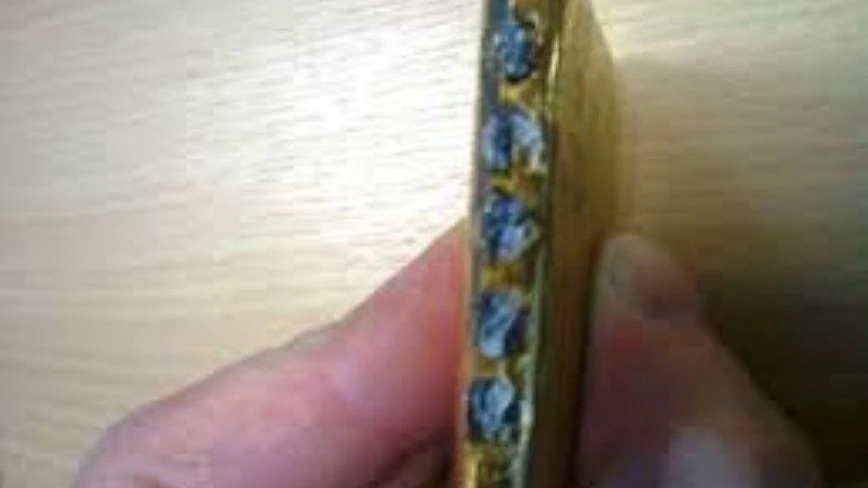
#4. Dilution
Dilution is a smelting technique in which precious metal is diluted with another less precious metal.
The higher the percentage of precious metal, the more difficult it will be to recognize the fake, but at the same time the lower the profit margin of the fraudster who could consequently lose interest in manufacturing. Even a fake with a gold content less than 10% than it should have, could present anomalies during some tests.
I have personally seen gold bars containing 10% copper. However, these are clearly marked as .900 (21.6kt) and therefore cannot be classified as fakes. Furthermore, they are visibly less yellow, just like a Marengo or a Sovrana.
A proper mix might actually give the impression of dealing with real gold and silver. However, no test can deceive you.
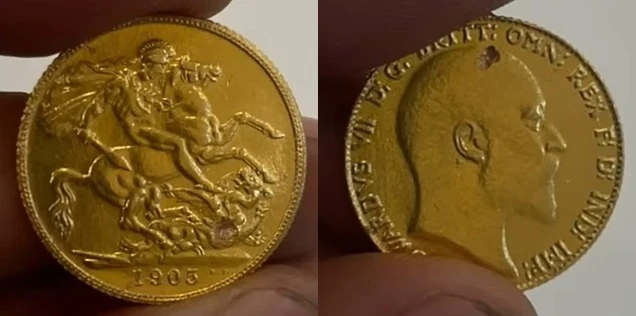
#5. Nordic brass and gold
In addition to the more common methods described above, there is another even simpler, although less widespread, method of attempting to counterfeit gold. In fact, I came across a brass coin that rather crudely attempted to resemble a 1-ounce American Eagle .
Brass is an alloy composed of copper (mostly) combined with zinc and has a yellow color that can resemble gold, although a little paler.
The story is slightly different for a particular brass alloy: Nordic gold. It is composed of 89% copper, 5% zinc, 5% aluminum and 1% tin. Unlike a common brass alloy, it has a color slightly more similar to that of gold. To be clear, it is the same type of alloy used to make the 10, 20 and 50 euro cent coins.
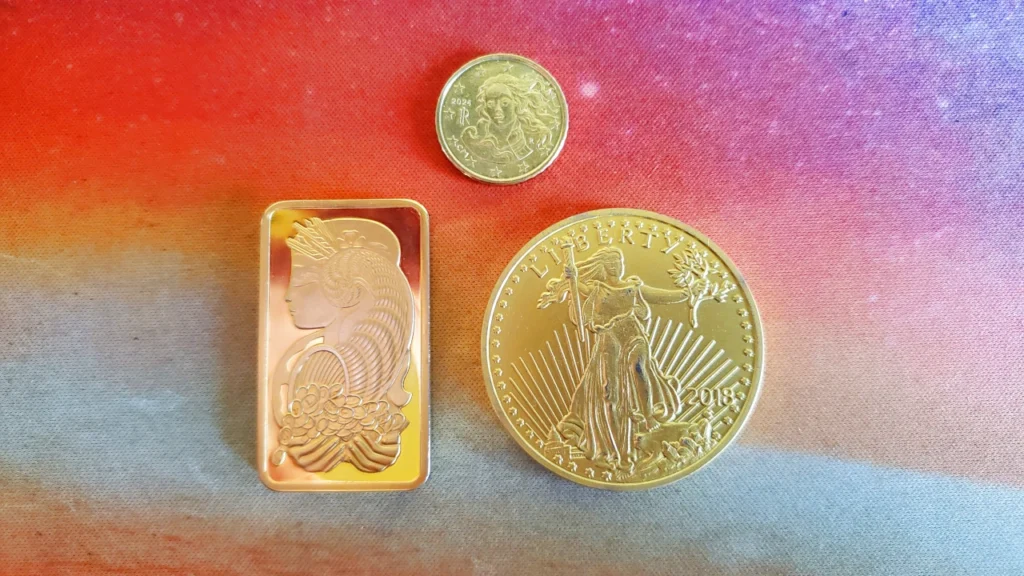
#6. Other alloys
All other metals or alloys of metals that are not brass are used to make fake silver objects. In fact, iron, copper, nickel, zinc and tin lend themselves individually or in combination to appear very similar to silver. A famous alloy used to make fake silver is cupronickel, which mixes copper and nickel in different proportions.
It is much easier to imitate silver than gold. The difference in density between gold and its fakes compared to that of silver and its fakes is also much less marked in the latter case. However, as with gold, an expert would immediately recognize an attempt to imitate the color of silver.
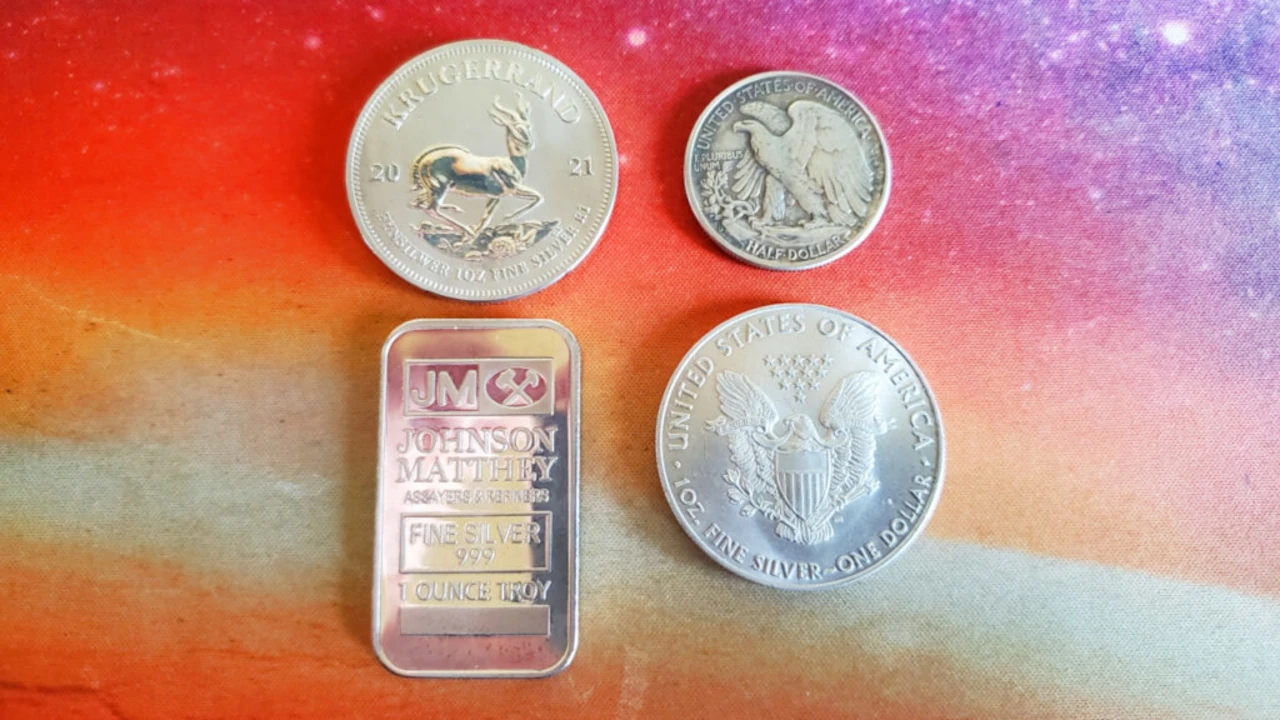
#7. Pyrite
Pyrite, also called fool’s gold, is composed of iron and sulfur. It has a color and luster that can recall gold, but it is easily crumbling, less yellow and its density is considerably lower than the latter.
I have never seen fake gold made of pyrite in my life and the only form in which it could be misleading would be the sandy one. By eye it could really be confused.
Anyone who has seen Little House on the Prairie Season 2 Episode 10 , titled A Shattered Dream, knows exactly what I’m talking about😊.
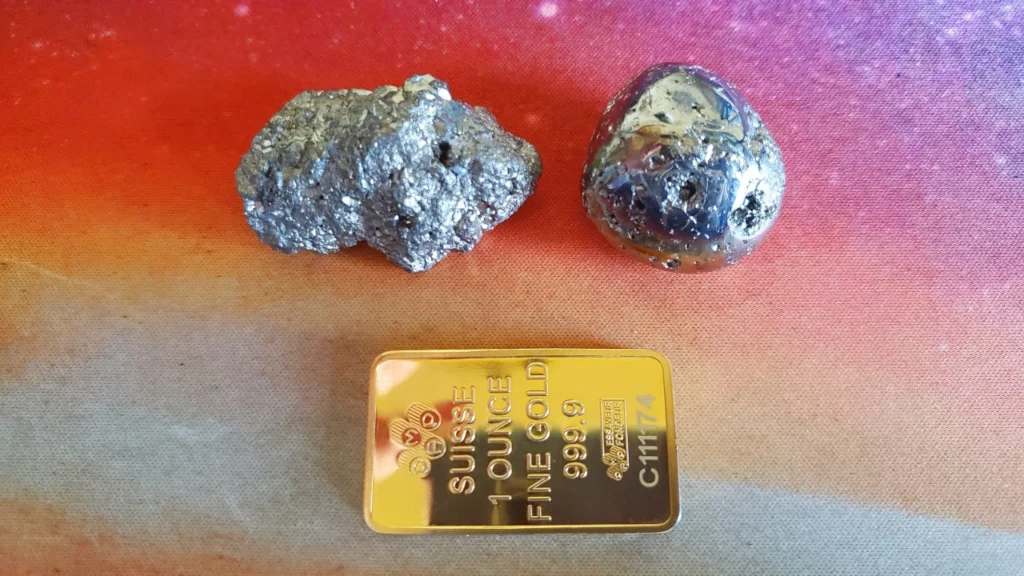

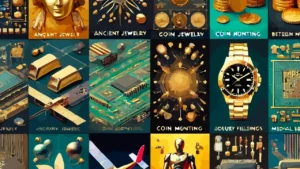





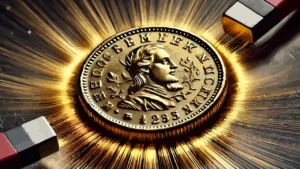



Leave a Reply